Buy or gift a stand-alone digital subscription and get unlimited access to dozens of back issues for just £18.99 / $18.99 a year.
Please register at www.exacteditions.com/digital/cornucopia with your subscriber account number or contact subscriptions@cornucopia.net
Buy a digital subscription Go to the Digital EditionWhen Sultan Abdülaziz embarked on his unprecendented state tour of Europe in 1867, no expense was spared in making him welcome. What most impressed him, it seems, were the musical extravaganzas: visits to the opera, glittering concerts and massed choirs trained to sing his praises in Turkish
Until the sixteenth century Ottoman sultans travelled to Europe quite often, particularly at the head of their armies. But a state visit – a goodwill gesture with the hope of developing cultural and economic ties – was unprecedented until Sultan Abdülaziz toured Europe in 1867. It was the first and last time an Ottoman sultan embarked on such an odyssey.
During his six-week trip, Sultan Abdülaziz was a guest of honour at the French, English and Austro-Hungarian courts. He was made welcome at carefully planned events, all offering an orgy of colourful display, from grandiose concerts to spectacular balls, from state banquets to visits to the opera. Exquisite musical performances apparently made a strong impression on the sultan and his entourage. The trip opened up many new avenues for the Ottoman camp, as it did for a curious European public who had long romanticised the idea of an eastern monarch. Upon Abdülaziz’s arrival in Britain, The Times reported on 13 July 1867: “Yesterday for the first time in England’s history, the great chief of the Mussulman race, the representation of the long line of Caliphs and Sultans whose power, a little more than a century ago, was the dread of Western Europe, landed on our shores.”
The initial idea for the trip had been sparked by an invitation from Napoleon III, who wished to see the Ottoman sultan among the crowned heads of Europe invited for the state opening of the Great Exhibition in Paris. The sultan, initially apprehensive, agreed to attend the opening ceremony on the advice of his prime minister, Ali Pasha, and his foreign minister, Fuad Pasha. The exhibition, after all, was to include a Turkish pavilion, where Iznik pottery and Turkish manufactures would be exhibited alongside paintings by Osman Hamdi. On hearing of the sultan’s intention to travel to Paris, Queen Victoria and the Austrian emperor Franz Josef issued their own invitations, which were duly accepted.
Ottoman capital on Friday, 21 June 1867, aboard his imperial yacht, Sultaniye, accompanied by two other frigates, Aziziye and Orhaniye, bound for the southern French port of Toulon. His ten-year-old son Yusuf Izzettin Efendi, and two of his nephews, both of them future sultans, Murad Efendi (V) and Abdülhamid Efendi (II), were among the large Ottoman delegation, which also included Fuad Pasha.
From Toulon, the sultan and his entourage departed by train for Paris, to be met by Napoleon III at the Gare de Lyon. “Many thousands of people assembled in the streets near the Place de la Bastille to see their imperial majesties pass,” reported The Illustrated London News on 13 July. The same issue contained an engraving (see opposite) of the sultan’s portrait from an original photograph by Abdullah Frères of Pera. “The special train bringing the Sultan from Toulon arrived at a quarter past four. The Emperor Napoleon met him and shook hands with him on the platform. The two Sovereigns immediately entered a court carriage, and, preceded by a detachment of lancers, drove off to the Tuileries. The Emperor Napoleon was dressed in military uniform; the Sultan also wore a military uniform, richly embroidered, and crossed by the ribbon of the Legion of Honour; on his head was the fez cap.” The European press covered the visit in copious detail, with numerous engravings.
The second stage of the sultan’s tour brought him to Britain. He arrived at Dover on board Napoleon III’s royal yacht, Reine Hortense, on 12 July, to be met by the Prince of Wales and the Duke of Cambridge, who accompanied him on the train to Charing Cross station. During his ten days in Britain, the sultan was lodged at Buckingham Palace, where a number of staterooms had been specially redecorated. Although Queen Victoria, in deep mourning for Prince Albert, seems to have kept a very low profile, she did give a state banquet at Windsor Castle in honour of the Ottoman sultan, at which the two sovereigns met for the first time. Abdülaziz reviewed the fleet at Portsmouth and was made a Knight of the Garter. Since the sultan was the Caliph of the Muslim world, the investiture took place on board the royal yacht Victoria and Albert, rather than in the more usual Chapel of the Knights of the Garter at Windsor Castle.
During his summer in Europe, Abdülaziz attended the Paris and Vienna opera houses, as well as Covent Garden. These were by no means his first visits to the opera, for he often attended the Naum Theatre in the Pera quarter of Istanbul, where since the 1840s the Armenian Naum brothers had been engaging Italian companies to stage the latest operas of Donizetti and Rossini…
Minutes from the Mediterranean, Lake Köyceğiz is a beautiful backwater lost in time. Cornucopia devotes 40 pages to the lake, its people, its unique basket houses and the house that Ali Rıza Pasha built.
If the thought of offal makes you wince, be bold. Overcome your fears and your efforts will be handsomely rewarded. Berrin Torolsan goes head over heels for offal, with a range of dishes for the timorous and the die-hard.
More cookery features
Sema Menteşeoğlu returned to Köyceğiz in 1992, after thirty years, to find her family home in perilous disrepair. She set about putting house and estate in order. Patricia Daunt and the photographer Fritz von der Schulenburg record a work in progress
The whole of the Köyceğiz area is famous for its dwellings of woven wood. The best surviving ones are in Hamitköy, on the lake’s western shore. These unique primitive habitations, now abandoned for concrete apartments, probably date back to antiquity
The sad, heroic history of Gallipoli is written in every gully and ridge of the beautiful peninsula. William Gurney combs the battleground for clues
Ateş Orga reviews Moshinsky’s Mozar in Turkey
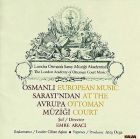
The London Academy of Ottoman Court Music, with Emre Aracı. Produced by Ates Orga,
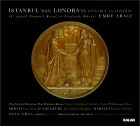
Prague Symphony Orchestra, directed by Emre Aracı, produced by Ateş Orga
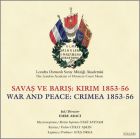
The London Academy of Ottoman Court Music, with Emre Araci
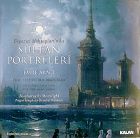
The Prague Symphony Chamber Orchestra with Cihat Askin, violin. Directed by Emre Araci and produced by Ateş Orga
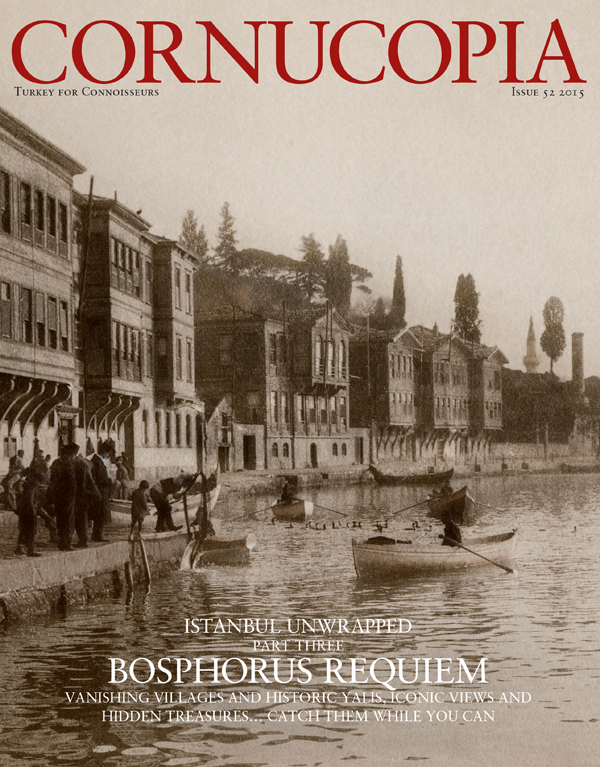
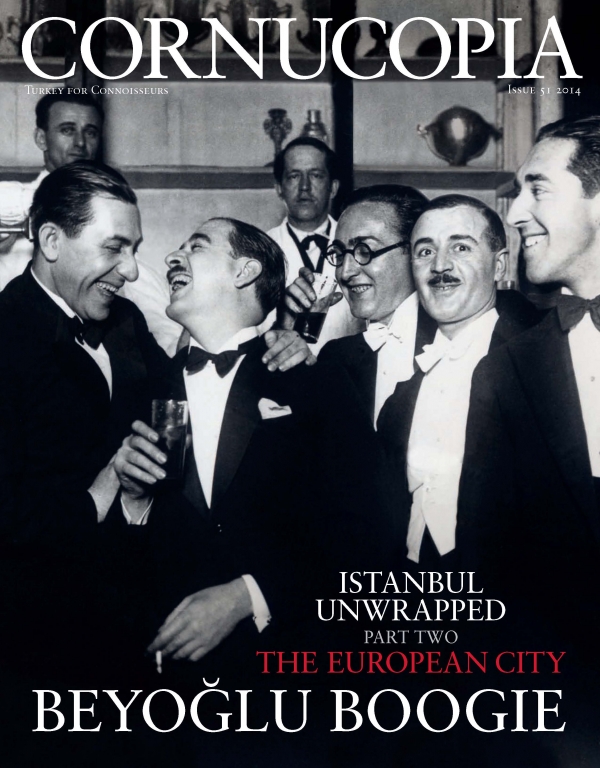

Cornucopia works in partnership with the digital publishing platform Exact Editions to offer individual and institutional subscribers unlimited access to a searchable archive of fascinating back issues and every newly published issue. The digital edition of Cornucopia is available cross-platform on web, iOS and Android and offers a comprehensive search function, allowing the title’s cultural content to be delved into at the touch of a button.
Digital Subscription: £18.99 / $18.99 (1 year)
Subscribe now